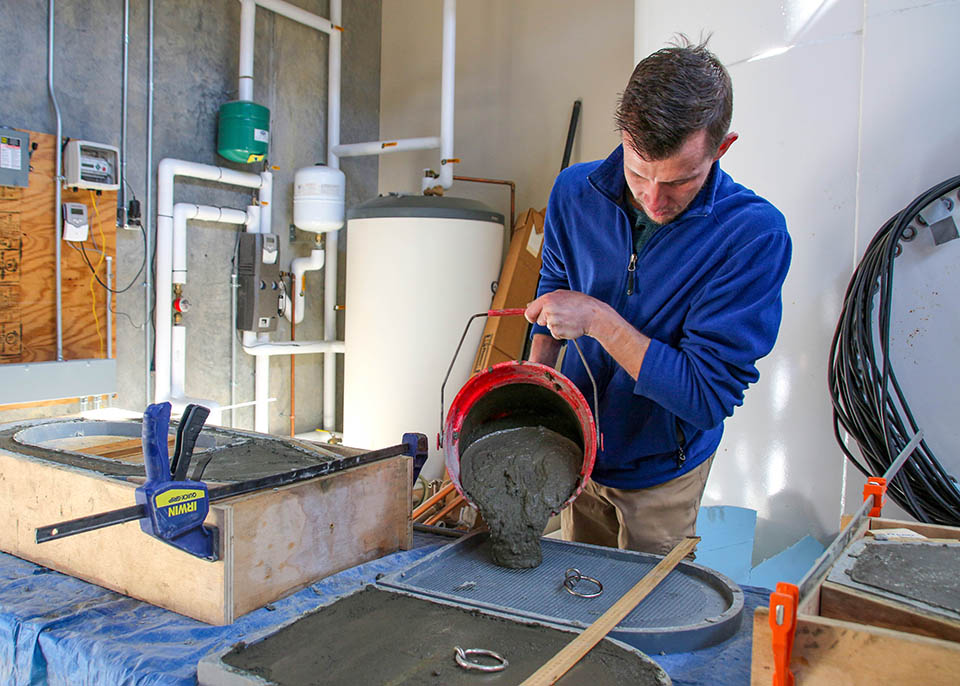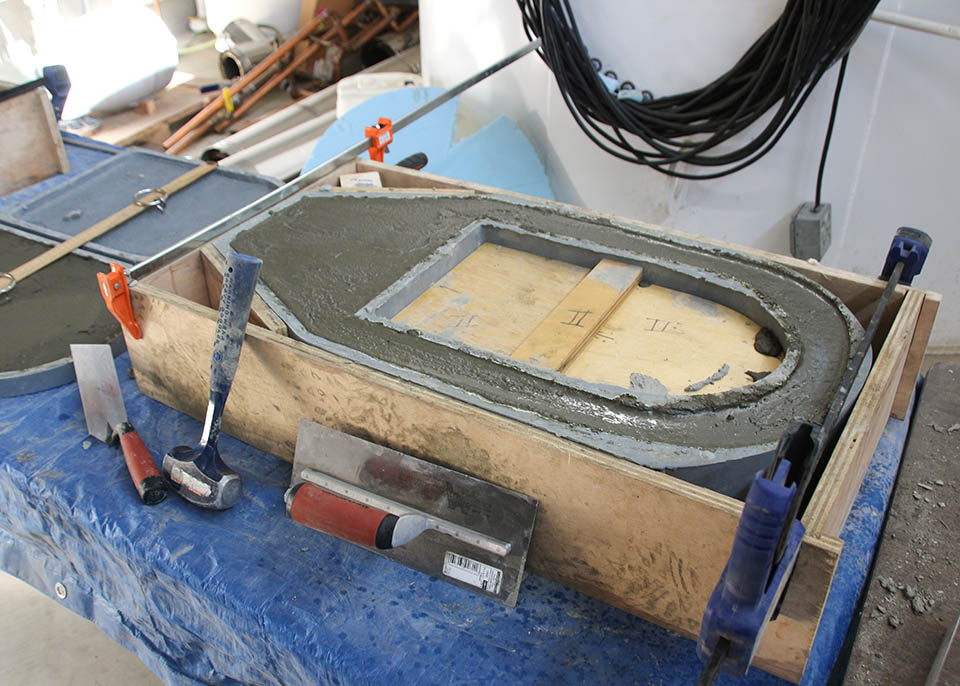Students Helping Giant "Snot Otters" Nest Safely
Jun 30, 2020 10:30 AM
By Chris Hildreth '20
Going by the unpleasant nicknames of "snot otter" or "lasagna lizard," the hellbender salamander is one of the lesser known animals in our ecosystem. While its looks, size -- they can grow to more than two feet long -- and unfriendly nicknames might lead someone to believe they are dangerous, they pose no threat to humans, but humans are posing a threat to them.
These animals, which are found across the East Coast, are now officially endangered due to constant disruptions of their habitats, which are found beneath large rocks in streams and rivers. These animals are extremely dependent on their habitats, so simply lifting the rock that is its home can be detrimental, according to Dr. Daniel Hocking, an assistant professor in the Department of Biology.
In the state of Maryland, just five hellbenders were found last year. While there are almost certainly more of them out there, this is a staggeringly low number for a species. Jarring statistics like this is what motivated Hocking and his students at FSU to take action.
To reverse the trend of the disruption of the hellbender salamander habitat, FSU students began a program to build nesting boxes that can serve as temporary habitats for the animals.
One of the FSU students involved in this project is Kodi Bowers '20, a recent wildlife and fisheries graduate, who is participating in the project as part of his independent research.
"I've always been interested reptiles and amphibians. Then one day I found a hellbender here at FSU and was instantly hooked," Bowers said.
These nesting boxes are being made by students and placed at various sites where the hellbenders are thought to live. These nesting boxes use a hydrodynamic design that is built to survive being placed in running water, Bowers said. Each weighs around 70 pounds. They will be equipped with a compartment for the salamanders to easily enter and exit, as well as a camera so they can be monitored without disturbing the habitat.
The short-term plans for these nesting boxes is for them to be installed this summer and surveyed in the fall. Students hope to get the animals to use the boxes and develop a population estimate once they've achieved this.
"In the long term, we hope to partner with regional zoos or aquariums to raise hellbender eggs and release them into the wild in a process known as 'head starting,'" Hocking said. He would also like to have some students attend the hellbender symposium held in Virginia. The next symposium is in June 2021.
With the help of the FSU Biology Department, they hope these unique creatures can begin to thrive in their ecosystem. This project has the potential to not only move the hellbender salamander further from extinction, but also to perform research on a reclusive and little-studied species.



